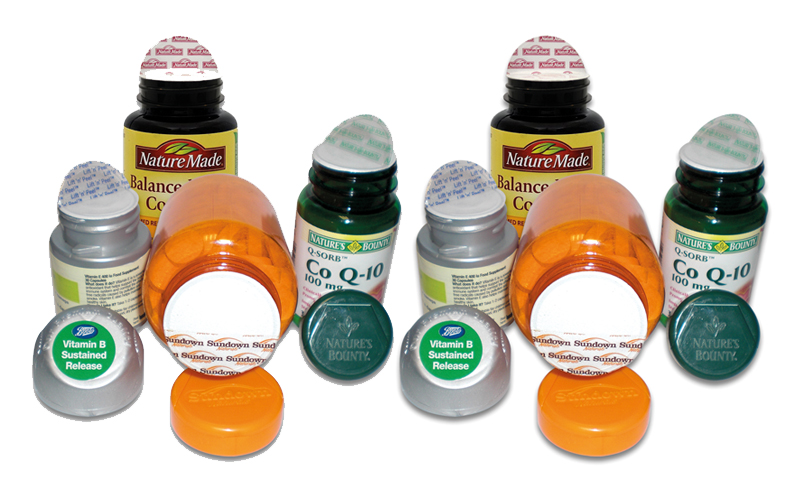Industry faces the challenge of creating packaging that is secure and tamper-proof, but also easy to open for elderly consumers and those who lack strength or suffer from dexterity or mobility impairments. Peter Tindale, sales director at Selig, explains.
THE world is seeing a growing proportion of people living considerably longer than ever before, and this demographic transition is likely to be one of the biggest challenges that society will face in the coming years. The impact of this on industry will be wide-ranging and profound, as manufacturers seek to make their products designed more inclusively and packaged appropriately.
Product type, properties and characteristics often determine the nature of packaging. Where container closures are concerned, this may involve the use of certain features that deter easy opening for a variety of reasons. But such features can cause problems and frustration for older users.
A survey by one leading market researcher found that two thirds of people get frustrated, or suffer what it referred to as “wrap rage”, when trying to get into everyday packaging. Moreover, some four in ten people said they have hurt themselves while trying to open something, and a quarter of people said they regularly needed help to open packaging.
The challenge facing the industry is to create packaging that is secure and hermetically sealed to safeguard the integrity of its contents, but which poses no accessibility problems for elderly consumers who may lack strength or suffer from dexterity or mobility impairments. While tamper evidence seeks to make packaging difficult to breach, it raises a number of issues for the elderly who may risk harming themselves if they need to resort to kitchen utensils in order to open a tamper-evident package.

Tamper-evident features on primary and secondary packaging come in a variety of guises, shrink wrap films, bands or wrappers, boxes with tamper-evident security seals and breakable caps being among them. Most of which requires a degree of strength and dexterity to open. Tamper-proof, peelable seals are widely used, yet even these pose problems for the elderly, particularly if they are bonded so strongly that they are difficult to peel away from the container rim, or fail clearly to mark the point from where the seal should be lifted.
One tamper-evident, peelable seal technology that overcomes these limitations is induction cap sealing, an approach that uses a multi-layer laminated liner with an aluminium foil that is bonded to the container rim by means of electromagnetic induction heating. Induction liners are highly engineered laminated structures comprising a heat seal layer, chosen to match the material of the underlying container, and a layer of aluminium foil that is heated by electromagnetic induction prior to bonding.
Achieving a secure seal that is easy to peel away is a combination of lining material choice and applying the correct measure of pressure, heat and time during the induction sealing process. Pressure to apply the seal evenly to the container rim; heat (applied via a magnetic induction process) to raise the temperature of the seal’s metallic foil element to initiate seal liner adhesion, and timing of the passage of the closure past the induction coil to ensure that sufficient bonding strength is achieved.
Too much pressure between the liner and container rim, excessive heat to activate the liner seal surface, or extended dwell time under the induction coil will leave users with a seal that cannot be removed with ease, while too low a level of heat, pressure or time will result in leaks or the ingress of contaminants.
The choice of liner is critical to ensuring easy-open packaging and reputable liner manufacturers are constantly developing products to match consumer needs. While there are literally hundreds of different specialist liners available to meet all manner of applications, those liners with an easy-to-grip tab, such as Selig’s Lift ‘n’ Peel induction seals, have considerable consumer appeal.
This type of easy-open polyester tab is designed to be ergonomic, flexible and extremely strong, and is engineered specifically to maintain product quality whilst being easy for the consumer to remove. In addition, they can be printed with a customer specific design or branding logo, as well as clear opening instructions in a large font, indicating the position of lift and direction of pull.
An ageing global population is here to stay and the packaging sector must ensure its products constantly evolve to accommodate the needs of the elderly and remain relevant by removing restrictive design.
Easily removable seals are very much a part of this process, and they go a long way to removing the barriers that sub-par packaging can create to ensure it is both easy to open while also being totally secure.













